A mix that's too narrow can sound constricted and two-dimensional. On the other hand, a mix that's too wide can sound scattered and lack focus.
How do you find the happy medium?
In this article, we'll share five helpful tips that will give your mixes the professional edge.
By following these simple tips, you can achieve a fuller, richer sound that will engage and immerse your listeners. So let's get started!
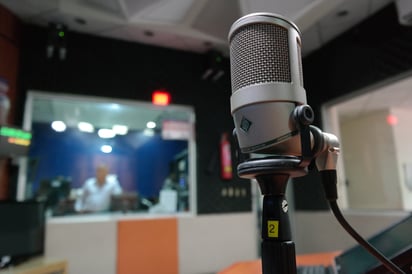
Double Tracking
Double tracking is a recording technique that involves simultaneously overdubbing two similar takes of the same performance.
This gives the illusion of a wider stereo image and can be used to thicken up vocals or other instruments.
There are three ways to double-track a performance:
You simply sing or play the part again while listening back to the original take.
You record with two microphones (stereo miking)
You duplicate the recorded mono track in your DAW and nudge the audio clip a few milliseconds
Then, the two tracks are mixed together, with each one occupying its own side of the stereo field.
The result? A fuller sound with an added sense of depth and power.
Double tracking can be used on just about any instrument. Still, I find it especially effective on lead vocals!
Hard Panning
Personally, I find that lot of inexperienced producers are afraid of panning too hard.
How come? If done inaccurately, the track can easily sound hollow and lose its focus.
Still, it can be used to create a very pronounced stereo effect.
In audio production, hard panning is a technique used to place signal sources in distinct and separate locations within the stereo field.
This can be useful for creating a wider and more spacious soundscape or isolating specific elements of a mix.
It's worth mentioning that there are certain elements of a mix that you want to keep centered. These includes:
Kick drums
Lead vocals
Sub-bass
Why?
It will make your mix unbalanced. If one side is significantly louder than the other, it can create an uneven listening experience.
Instead, try hard-panning subtle elements such as hi-hats, shakers, or strings.
Additionally, rhythmically opposed instruments can occupy the extreme left and right channels.
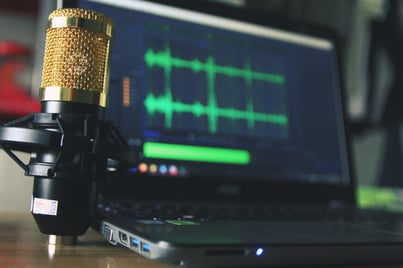
Using a Super-Short Delay
First, let's talk about the HAAS effect! This effect is often used to add depth and dimension to mono tracks.
The Haas effect is a psychoacoustic phenomenon that occurs when two identical sounds are presented, with a slight delay between them. Your brain will perceive the two sounds as one.
This is because most people won't notice any different repeats when the difference is less than 35-40 ms.
When used wisely, the HAAS effect can be used as stereo widening, and to create a more immersive listening experience.
By delaying one side of the stereo signal, typically 10-20 milliseconds, you can create a subtle sense of space and width that can make a recording sound more open and spacious.
So here is how you would do it:
First, hard-pan your source track to either L or R.
Then, add an extremely short delay with no feedback.
Lastly, pan the delay hard in the opposite direction.
Add Depth With Reverb
If you're looking for a way to add depth and spaciousness to your mixes, then using a reverb can be a great option.
By adding reverb to your tracks, you can create a more expansive and open sound that can help fill out the mix.
There are a few things to keep in mind when using a reverb though.
First, you'll want to make sure that you don't overdo it. Too much reverb can actually muddy up the mix and make it sound cluttered.
This can be somewhat mitigated by EQing the reverb return as it allows you to sculpt the frequencies of the effect to fit in the mix.
Furthermore, there are many different types of reverbs available.
For example, if you want to add a sense of space to your drums, you might choose a room reverb.
Or if you want to add extra depth to your guitars, you might opt for a plate reverb.
Reverb can be used in so many ways. Producers often overlook the fact that reverbs push the instrument back, creating more depth.
Besides, you'd be surprised by how a subtle reverb goes a long way in adding depth and dimension to your tracks.
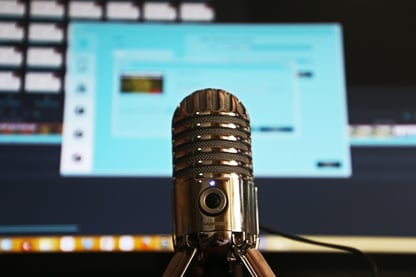
Stereo Imager Plugins
A stereo imager plugin is a type of audio processing plugin that can be used to manipulate the stereo field of a recording.
Stereo imagers work by using phase-shifting algorithms to create the illusion of width.
There are tons of alternatives but these are my favorites:
MeldaProduction MStereoProcessor
CredlandAudio Stereo Savage
iZotope Ozone Imager 2
Waves S1 Stereo Imager
It's possible to exaggerate it with a stereo imager and make a track sound unnatural and hollow.
To prevent this, I usually apply the plugin on instrument busses. By doing so, I can blend the processed signal with the dry.
When used judiciously, it's a powerful tool for expanding your mix.
Conclusion
Stereo widening is often overlooked and undervalued. Still, it's one of those aspects that sets apart professional and amateurish mixes.
Just like with a well-crafted mixdown, widening and sweetening is a continuous process that never ends.
I hope you enjoyed this article and can apply some of the techniques and tricks to your own projects.
From my personal experience, widening is one of those things that doesn't come naturally. It takes a lot of time and effort to get it right.
Until next time!















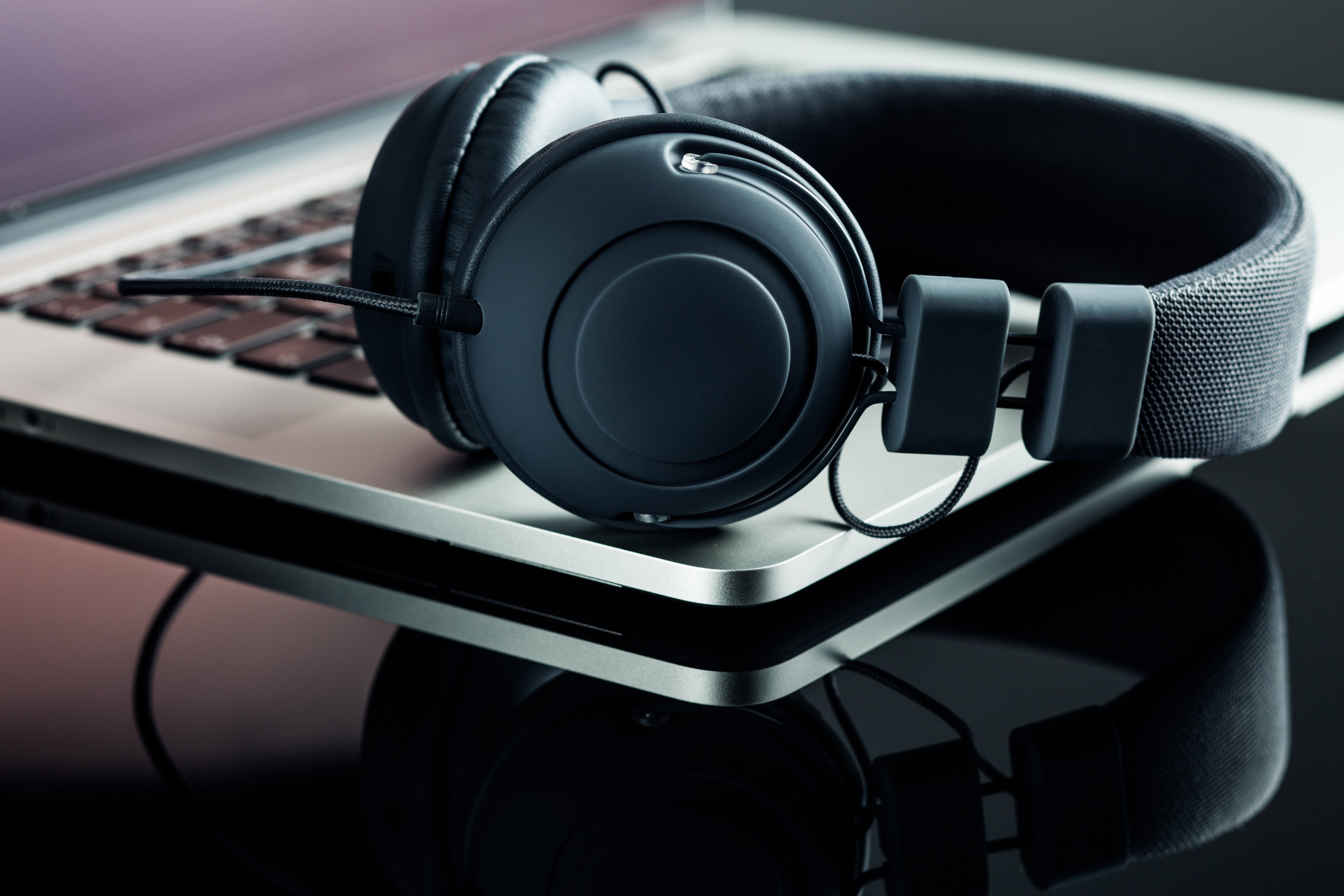
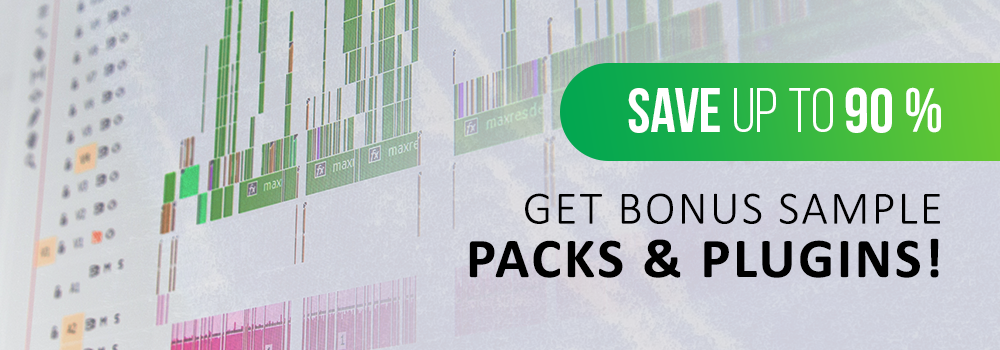
_Cropped.png?width=1600&name=02%20(2)_Cropped.png)




















Your Comments :